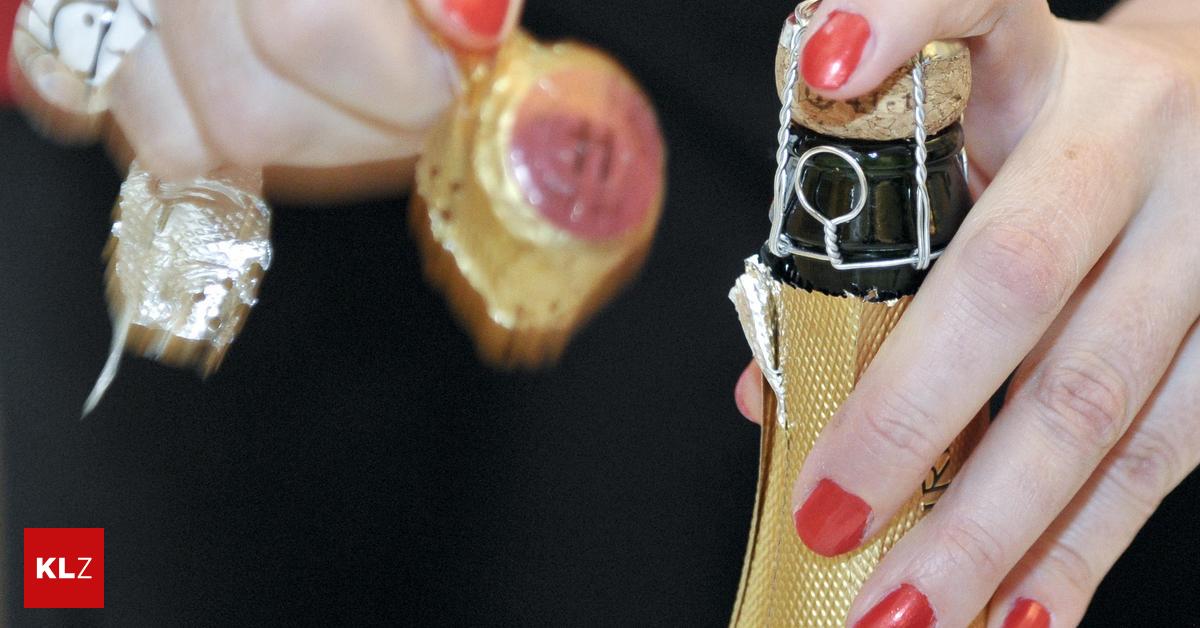The Consumer Information Association (VKI) examined and evaluated twelve types of non-alcoholic sparkling wine. The result: One product failed due to increased bacterial contamination, while another contained grapes instead of wine, resulting in a less satisfactory rating. However, more than half of the drinks were masked. Overall, two grades were given: ‘Very Good’, five ‘Good’, three ‘Average’ grades, one ‘Less Satisfactory’ and one ‘Unsatisfactory’ grade.
Chavin sparkling wine comes in last in the test. The ‘Pierre Zero Chardonnay’ available from Wein & Co had to be downgraded to ‘unsatisfactory’ due to high levels of spores. Laboratory testing revealed high levels of germs, leading experts to cancel the tasting as the product was inedible – even though this sparkling wine had been pasteurized according to the label. La Gioiosa’s “non-alcoholic Italian drink” was disappointing for another reason. The most important ingredient was missing here: wine. Instead, grapes were used for production. The rating was “less satisfactory”.
“It is important to know that according to EU Regulation No. 1308/2013, a drink advertised as ‘alcohol-free’ may contain alcohol,” explains Nina Eschberger, nutritionist at VKI. “To be allowed to carry this designation, the alcohol content must be less than 0.5 percent by volume. All sparkling wines tested meet this requirement.
Sweeter and sweeter
The non-alcoholic sparkling wine tested not only had very little alcohol, it also had far fewer calories than beer or wine. “That’s also why it’s clearly the healthiest choice,” Eichberger emphasizes. However, fans of dry and acidic sparkling wines won’t get their money’s worth. The non-alcoholic versions are – as blind tasting also revealed – noticeably sweeter and sweeter.

“Total coffee aficionado. Travel buff. Music ninja. Bacon nerd. Beeraholic.”








More Stories
Wealthy families take more risks when it comes to money.
Salesforce and NVIDIA Form Strategic Collaboration to Drive AI Customer Innovation
Changing banks causes problems for customers